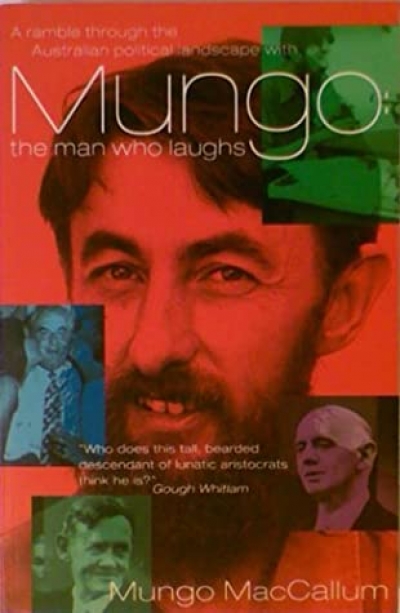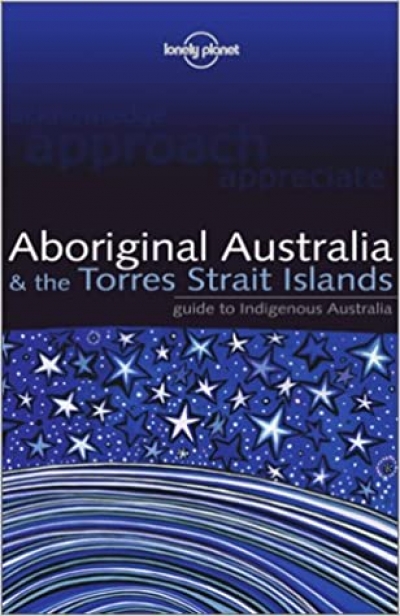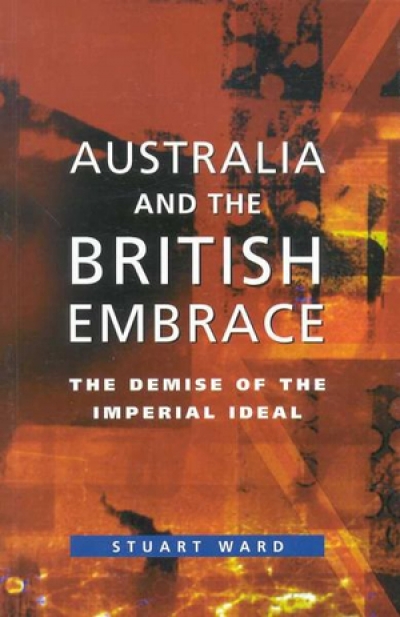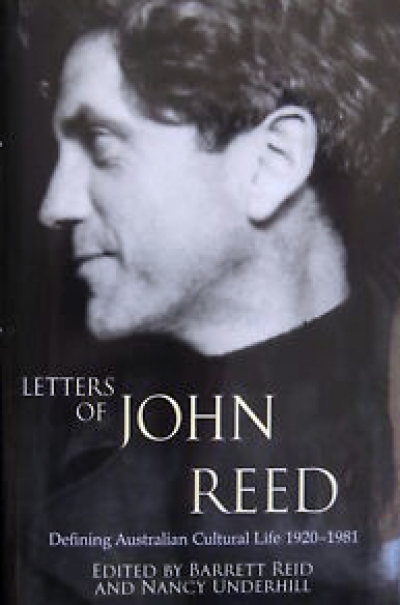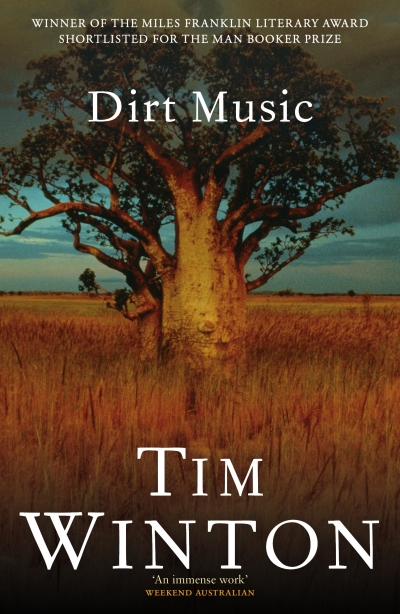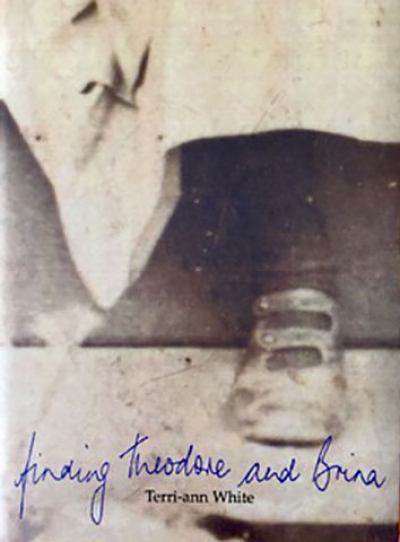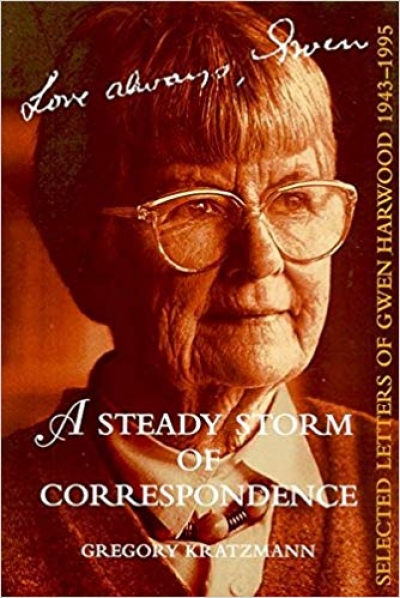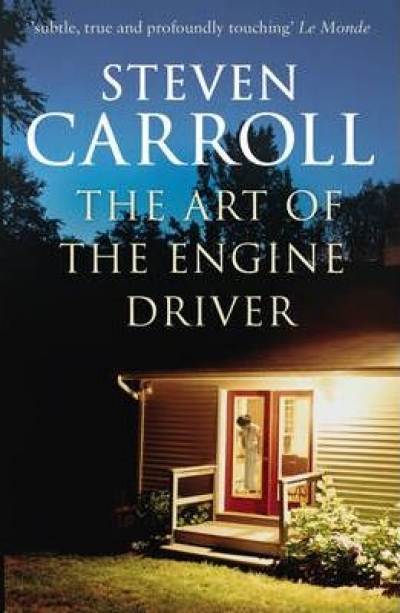Archive
Aboriginal Australia & the Torres Strait Islands: Guide to Indigenous Australia by Sarina Singh
Australia and the British Embrace: The demise of the imperial ideal by Stuart Ward
Letters of John Reed: Defining Australian cultural life 1920–1981 edited by Barrett Reid and Nancy Underhill
Don Anderson
Donald Home’s Looking for Leadership: Australia in the Howard Years (Viking) gives us an octogenarian social commentator in youthful form. Unlike our leaders, Home translates difficult ideas into something with connections to human lives. John Forbes’s Collected Poems (Brandl & Schlesinger) is an invaluable collection of work by a major poet – Sydney’s finest since Slessor. Southerly (edited by David Brooks and Noel Rowe) is a senior citizen reborn. Decades ago, an eminent Catholic historian described Southerly as ‘the undertakers’ journal’. It is now firmly in the land of the living, and balances scholarly essays, matters of record, and imaginative literature.
... (read more)These four titles are reissues of well-known texts, or of the work of well-known writers, from four different publishers. A good sign perhaps, very welcome at a time when publishing seems ever more ephemeral and when many works, even from the recent past, are unavailable.
... (read more)
